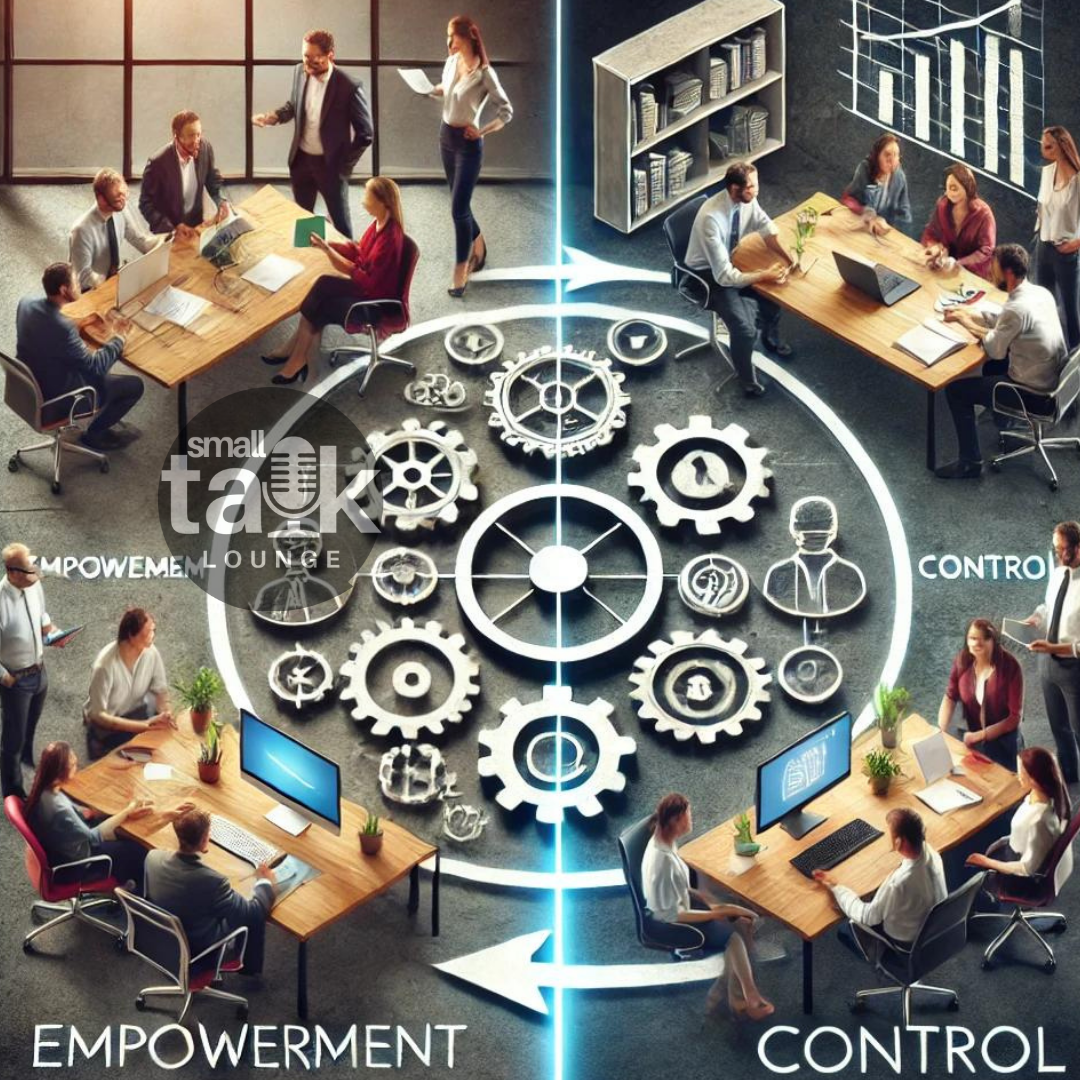As I wrap up the last week of my vacation, I can’t help but reflect on a critical lesson I’ve been experiencing firsthand: the delicate balance between empowering others and maintaining control. Before I took time off, I handed over my responsibilities to my colleagues. I trusted them to handle the job, believing that empowering them was the right choice. Yet, as the days passed and I was not able to check my emails or receiving any text messages (which allow me to enjoy my break), I started to feel left behind.
This situation got me thinking about the broader implications of empowerment versus control, both in professional and personal contexts. When you empower others, you give them the freedom to act, to make decisions, and to learn. However, it’s easy to fall into the trap of feeling disconnected, especially when you’re the one stepping back. So, how do you strike the right balance?
Empowerment: The Foundation of Trust
As Brigette Hyacinth aptly puts it: “If you hired someone, it means you believe they are capable of doing the job. Then trust them to get the job done. You don’t need to be constantly monitoring their every movement. Micromanagement breeds resentment and disloyalty.”
Empowerment is all about trust. When you empower someone, you send a clear message: “I trust your abilities and judgment.” This approach fosters a culture of ownership, creativity, and motivation. It allows people to grow and learn, making them more confident in their abilities. Whether it’s a leadership role, a project, or just a simple task, empowerment builds stronger, more resilient teams and relationships.
In my situation, trusting my colleagues with responsibilities meant I had confidence in their skills. It allowed them the autonomy to manage things without the weight of my oversight, which could have caused hesitation or doubt.
Control: The Trap of Micromanagement
On the flip side, too much control, especially in the form of micromanagement, can suffocate. Micromanagement can undermine confidence and breed resentment, as people feel they are not trusted to do their jobs. It’s the ultimate form of control—hovering over someone’s every move, correcting, and overseeing to the point where they lose the will to act independently. This is what Brigette’s quote warns against.
However, there’s a flip side to control that we don’t often talk about. Sometimes, when you step back completely, as I did during my vacation, the lack of involvement can leave you feeling disconnected. Empowering others doesn’t mean you should be entirely removed from the process. There’s a fine line between trusting people and ensuring the lines of communication remain open.
Empowerment with Inclusion
What this situation has taught me is that empowerment should come with a sense of inclusion. Empowering others to take on responsibilities doesn’t mean the person delegating is no longer part of the team. It means they’ve given others the tools and trust to manage things, while still remaining part of the broader conversation.
Moving Forward
If you’re in a leadership position or working in a collaborative environment, it’s important to ask yourself:
• Are you empowering your team in a way that encourages growth and trust?
• Are you maintaining open communication so that no one feels left behind?
• Are you giving others the autonomy to make decisions without losing touch with the process?
Finding this balance is the key to fostering a workplace where empowerment thrives without leading to disconnection.
Empowerment and control don’t have to be at odds. By empowering others while maintaining inclusion through communication, you can create a culture where everyone feels trusted, engaged, and valued. So the next time you hand over responsibilities, remember that staying connected can make all the difference.
Let’s embrace empowerment, but not at the cost of leaving people behind.

